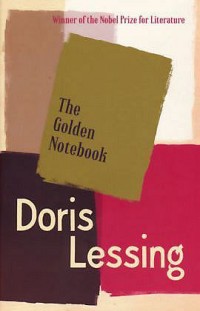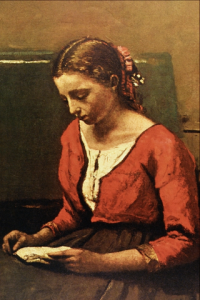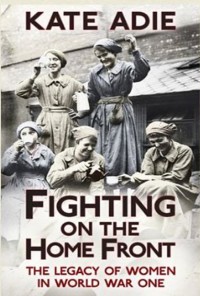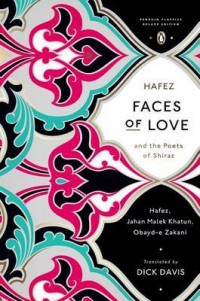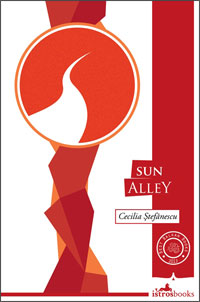Sunday Salon: Taking a break

A week after getting home from a fortnight in France, it doesn’t quite feel like I never had a holiday at all, but the holiday relaxation is certainly fading fast.
As I mentioned while I was away, I didn’t get much reading done on holiday. I don’t know if that was because the books I read weren’t very absorbing, or because I was distracted by holiday stuff (Places to see! People to spend time with!) or because I’ve given myself too much reading that had to get done this year and not enough reading for fun, so that relaxing on holiday meant doing less reading. Whichever it was, I was disappointed to have only read a book and a half in two weeks. But since coming home I’ve powered through two and half books, all of which have pulled me right in and been a delight. So was it the choice of books after all, or did I need a reading break?
What about you? Do you ever need a break from reading? Does it worry you when it happens?
One of the good things about being home is that we can throw ourselves into the life of the city again. Friday night I went to see a production of Macbeth at Bristol’s Tobacco Factory Theatre. It was innovative, using electronic music and other modern effects to heavily cut the running time and really concentrate on the themes of madness, ambition and guilt. It was strange, intense and moving. Kudos to Filter theatre company for such a bold adaptation.
I’m going to get back to reading now. Maybe I can make it three books in a week!




